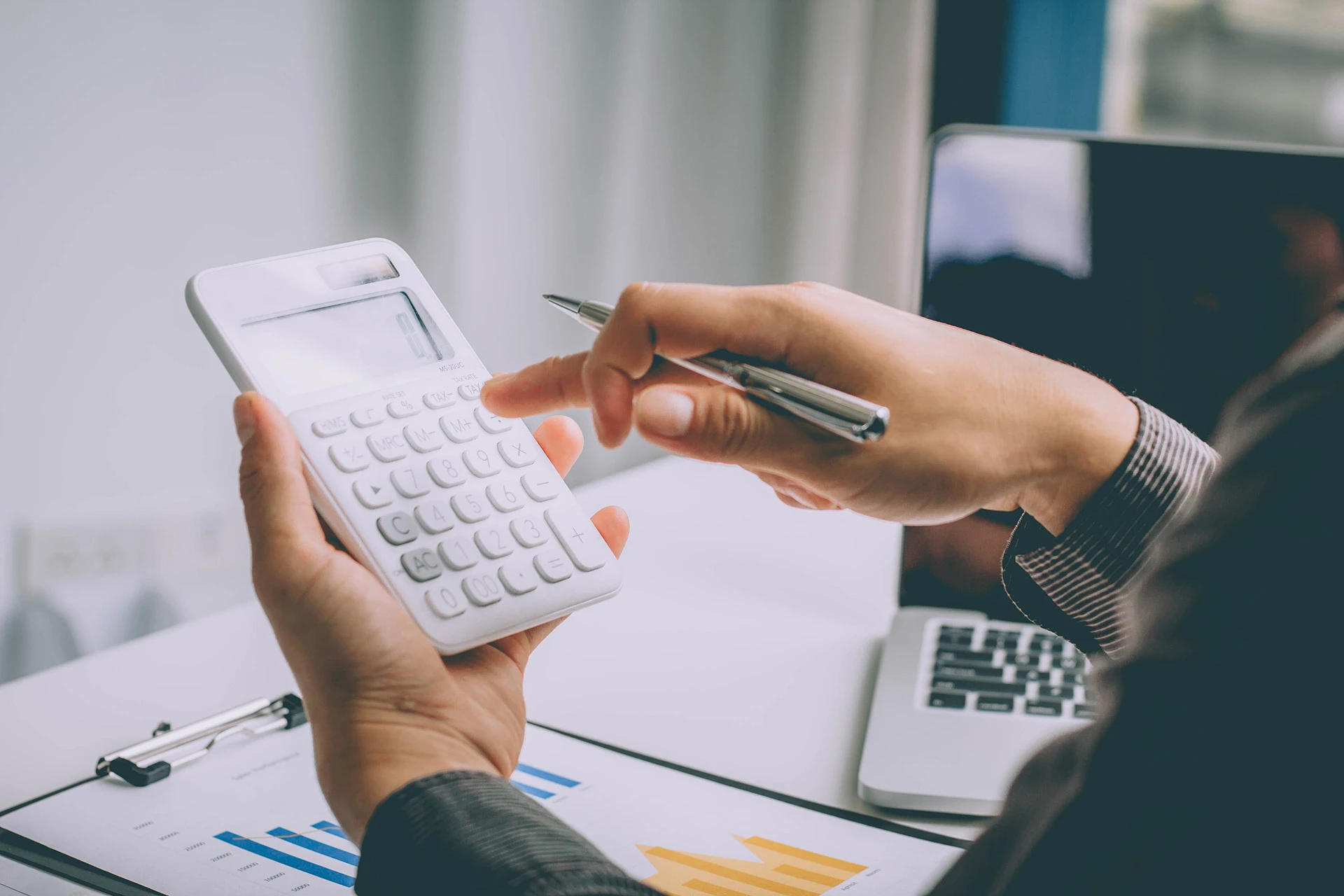Whether you're just starting out, changing jobs, or planning for retirement, understanding your KiwiSaver options can make a significant difference.

KiwiSaver is a voluntary, work-based savings initiative designed to help New Zealanders build long-term financial security mostly for retirement or buying a first home. Contributions are made from your salary, with your employer also contributing at least 3%. The government also adds an annual contribution of up to $260.72 if you’re earning under $180,000 per year.
Funds are invested in a range of portfolios, from conservative to growth, depending on your risk appetite and life stage. You can switch funds or providers at any time, and your savings grow over time through compounding returns.
At Vega, we can guide you in choosing the right fund and contribution level to align with your goals. It’s never too early, or too late, to get your KiwiSaver working for you.
How do I withdraw for my first home?

Eligible members can withdraw their KiwiSaver savings (including tax credits). However at least $1,000 must remain in their KiwiSaver account.
You must:
- Have been in Kiwisaver for at least three years;
- Qualify as a first home buyer which means you cannot have owned a home or land before;
- Intend to live in the home or land you buy;
- The home or land needs to be in New Zealand and/or you have the right to occupy Māori land;
- If you’re planning on buying a house with a partner, if eligible you can both apply for a first home withdrawal.
Can I withdraw for a second home?

There are some situations where you might be able to make a KiwiSaver withdrawal to go towards a second home. The first thing you’ll need to do is contact Kāinga Ora which will determine if you’re in the same financial position as a first home-buyer.
To qualify you will need:
- To have been enrolled in KiwiSaver for over three years;
- No longer own or have a share/interest in any property (other than Māori land ownership);
- Have not previously withdrawn any of your KiwiSaver balance for use on a home deposit;
- Your realisable assets do not total to more than 20% of the house price cap for an existing/older property in the region in which you are intending on purchasing your home.
How do I withdraw for my retirement?

Once you turn 65, you’re eligible to withdraw your KiwiSaver savings to support your retirement lifestyle. There’s no requirement to take it all out at once—you can choose to make lump-sum withdrawals, set up regular payments, or leave your funds invested and access them as needed.
This flexibility allows you to manage your savings in a way that suits your financial goals and living expenses. Before making a withdrawal, it’s a good idea to review your investment settings and consider how long you need your funds to last.
There are three options for withdrawal:
- Full - Withdraw all of your KiwiSaver savings at once and close your KiwiSaver account.
- Partial - Withdraw a lump sum from your KiwiSaver only when you need to.
- Regular - Pay yourself from your KiwiSaver, withdrawing a specific amount at regular intervals (monthly/fortnightly/quarterly).
Can I withdraw for financial hardship?

You may be eligible to withdraw some of your KiwiSaver savings early if you can provide evidence that you’re suffering significant financial hardship, and have exhausted all other reasonable alternative sources of funds.
For example, if you’re unable to pay for:
- Minimum living expenses such as power, water and food bills
- Mortgage, rental or board payments
- Modifications needed on your home to meet special needs, if you or a dependent family member is disabled
- Necessary medical treatment for you or a dependent family member
- Funeral costs if a dependent family member dies.
The amount you can withdraw depends on your situation. You can only apply to withdraw your own contributions and any contributions from your employer, you can’t withdraw any of the Government contributions.
Get started now

